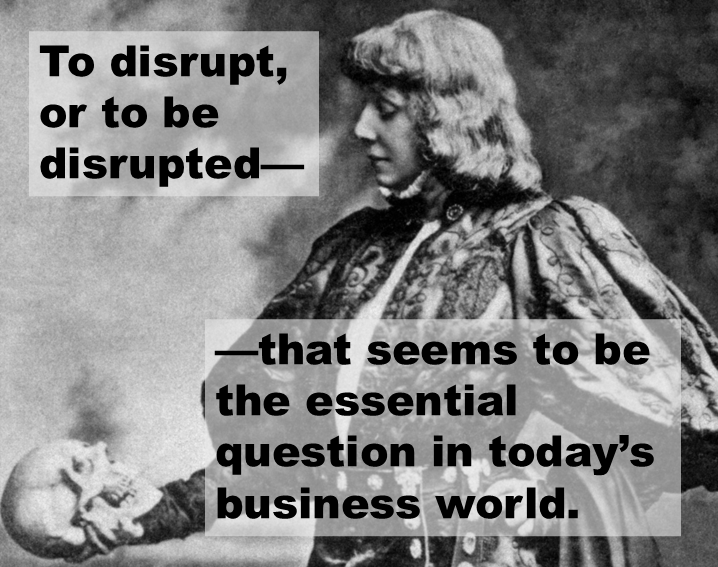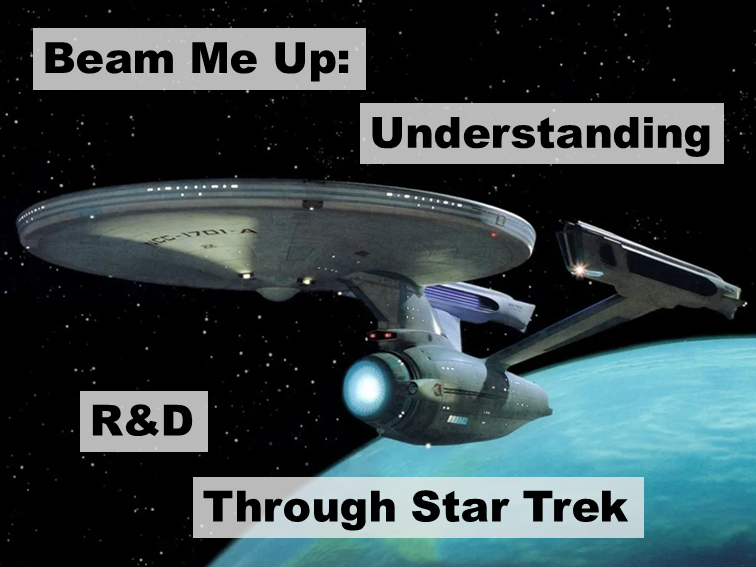Before I transitioned to the industry, terms like “innovation” and “disruption” seemed like mere buzzwords. However, after three years in corporate R&D at ZEISS Group, these concepts have become the core of my professional life. In this blog post, we will explore three critical types of innovation that are shaping industries today.
Types of Innovation
1. Sustaining Innovation: The Steady Climb
What is it?
Sustaining innovation involves the continuous improvement of existing products or services to enhance their performance and meet evolving customer expectations. This type of innovation is typically pursued by established companies that leverage their understanding of the market and customer needs to refine their offerings. Sustaining innovations aim to optimize existing products without radically altering the market landscape.
Example:
Consider the evolution of smartphones. Each new model often includes enhancements such as better battery life, improved camera capabilities, and faster processors. These upgrades are designed to satisfy current users and maintain the company’s competitive edge without disrupting the overall market structure.
Why it matters:
Sustaining innovation is crucial for established companies to retain customer loyalty and stay competitive. By consistently improving their products, these companies can build a strong brand reputation and expand their market share. It’s like keeping your loyal fans happy while building your empire, ensuring long-term success and stability.
2. Low-End Disruption: The Sneaky Challenger
What is it?
Low-end disruption occurs when a smaller, more agile company targets the least demanding segment of the market with a product that is “good enough” to meet basic needs but offered at a lower price point. This type of innovation often starts by serving customers who are overlooked by established companies, such as those seeking affordable alternatives.
Example:
Think of budget airlines that provide basic air travel services at significantly lower prices than traditional carriers. Initially, these airlines attract cost-conscious travelers who prioritize price over luxury. As they improve their services and gain market share, they can begin to challenge established airlines, prompting them to adapt or risk losing customers.
Why it matters:
Low-end disruptors start small, gaining a foothold by serving those overlooked by incumbents. As they improve, they move upmarket and challenge the giants, embodying the classic underdog story. This type of disruption forces established companies to reconsider their strategies and adapt to changing market dynamics, fostering competition and innovation.
3. New Market Disruption: The Trailblazer
What is it?
New market disruption involves creating entirely new markets by introducing products or services that convert nonconsumers into consumers. This type of innovation often addresses unmet needs or creates new demand in a way that existing companies have not previously considered. By doing so, disruptors can attract customers who were previously excluded from the market due to cost, accessibility, or lack of awareness.
Example:
The introduction of the personal computer is a classic example. Before its advent, many people did not have access to computing technology. The personal computer made computing affordable and accessible to a broader audience, thereby creating a new market for personal and home computing. This innovation not only transformed how individuals work and communicate but also led to the emergence of entirely new industries and business models.
Why it matters:
Disruptors in this category forge new value networks and attract customers who never used the incumbents’ products. By opening doors to unexplored opportunities, they create new growth avenues and redefine industry standards. This type of innovation can lead to significant shifts in market dynamics and the emergence of new leaders in the industry.
The Importance of Understanding Innovation
Understanding these types of innovation can help businesses adapt to changes and seize new growth opportunities. In today’s fast-paced business landscape, it’s far better to be the disruptor than to be disrupted. As Shakespeare’s Hamlet might have pondered, “To disrupt, or to be disrupted, that is the question!”
Further Exploration
If you’re interested in delving deeper into these concepts, I highly recommend exploring the valuable insights of the late Clayton Christensen, a thought leader in the field of innovation.
Happy disrupting!
For further information or if you have any questions, please do not hesitate to contact me.



